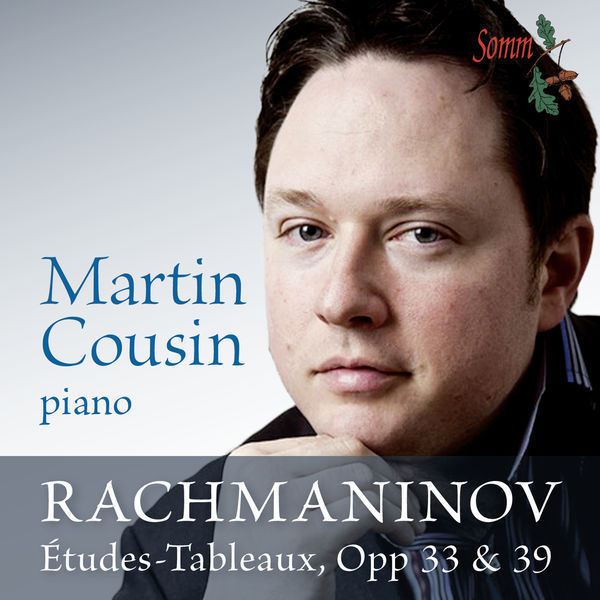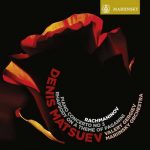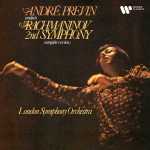

Composer: Sergey Rachmaninov
Performer: Martin Cousin
Format: FLAC (tracks)
Label: Somm
Catalogue: SOMMCD0136
Release: 2014
Size: 1 GB
Recovery: +3%
Scan: yes
Études-Tableaux, op. 33
01. No. 1 in F Minor: Allegro non troppo
02. No. 2 in C Major: Allegro
03. No. 3 in C Minor: Grave
04. No. 5 in D Minor: Moderato
05. No. 6 in E-Flat Minor: Non allegro
06. No. 7 in E-Flat Major: Allegro con fuoco
07. No. 8 in G Minor: Moderato
08. No. 9 in C-Sharp Minor: Grave
Études-tableaux, op. 39
09. No. 1 in C Minor: Allegro agitato
10. No. 2 in A Minor: Lento assai
11. No. 3 in F-Sharp Minor: Allegro molto
12. No. 4 in B Minor: Allegro assai
13. No. 5 in E-Flat Minor: Appassionato
14. No. 6 in A Minor: Allegro
15. No. 7 in C Minor: Lento
16. No. 8 in D Minor: Allegro moderato
17. No. 9 in D Major: Allegro moderato
With the award of a Gold Medal at the 2003 Royal Overseas League Music Competition, London and First Prize at the 2005 Ettore Pozzoli International Piano Competition, Scottish pianist Martin Cousin joins the ranks of such illustrious predecessors as Maurizio Pollini, Geoffrey Parsons, Jacqueline Du Pré and John Lill. Recitals, festival appearances and concerto engagements have taken him all over the world. In this, his third “Russian” disc for SOMM, he continues with Rachmaninov’s complete Études-Tableaux, which are ideally suited to both his fearless technique and to Rachmaninov’s compositional style and sonorities.
Rachmaninov composed the Op. 33 Études-Tableaux in the summer of 1911 just after completing his second set of Preludes Op. 32. They are compositionally more advanced than the Preludes and explore a variety of themes through modal harmonies, and different piano textures and sonorities. Written in 1916-17, the Op. 39 Études-Tableaux are melodically more angular and harmonically astringent. They are perceived as a hidden set of variations on the plainchant Dies Irae, parts of the chant being quoted directly in each of the nine studies. They are extremely virtuosic, calling for unconventional hand positions and wide leaps for the fingers, features which place these works outside the scope of any but the most formidable virtuoso technique.



